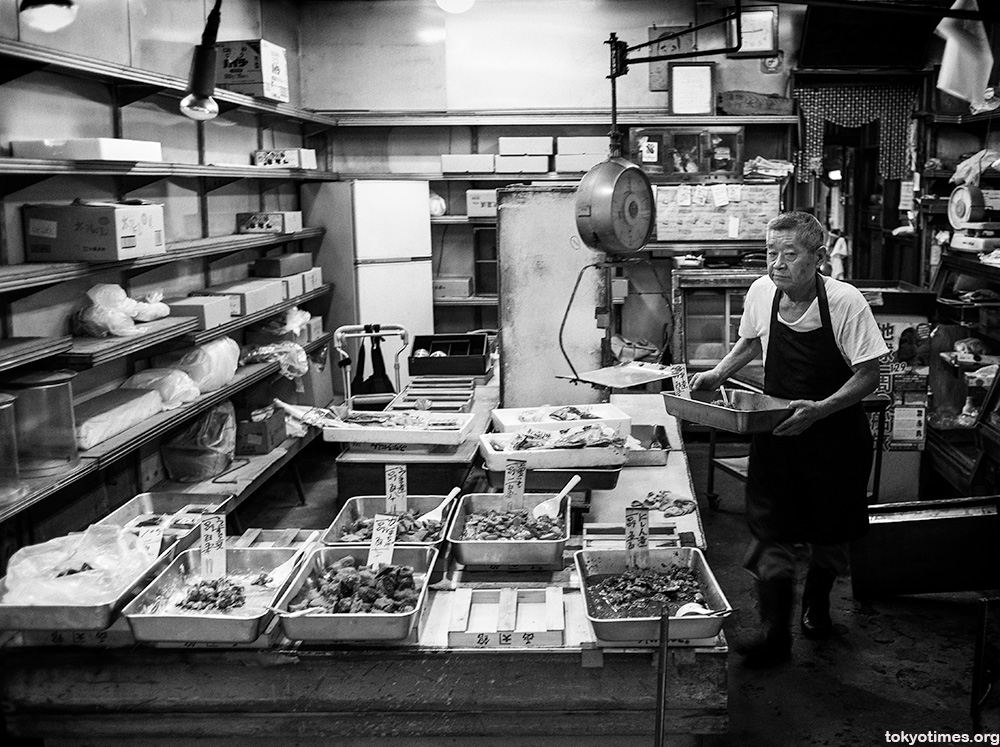Tokyo almost always seems to be in a state of flux. Buildings go up and down. Shops regularly change hands. Plus fads are often as fleeting as Japan’s famous cherry blossoms.
And yet the more the city changes, the more it somehow remains the same.

Photographs from a small group of islands
Tokyo almost always seems to be in a state of flux. Buildings go up and down. Shops regularly change hands. Plus fads are often as fleeting as Japan’s famous cherry blossoms.
And yet the more the city changes, the more it somehow remains the same.

Coming of age in Britain, Japan’s comparatively carefree licensing laws were nothing short of a revelation when I first arrived in Tokyo. All-nighters suddenly became nothing special, and a similarly lengthy daytime session could pretty much start whenever. No infuriating breaks for archaic post-lunch closing either. And yet all that said, and no matter how much fun it can be, nothing quite beats the relaxed beauty of a few well earned beers on a weekend afternoon.
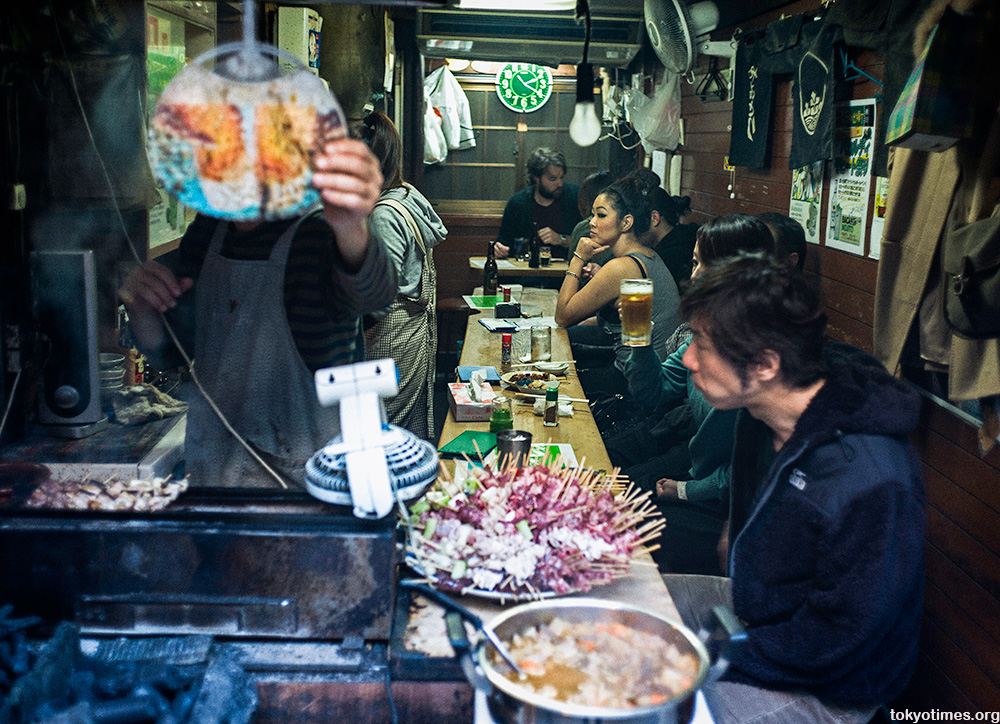
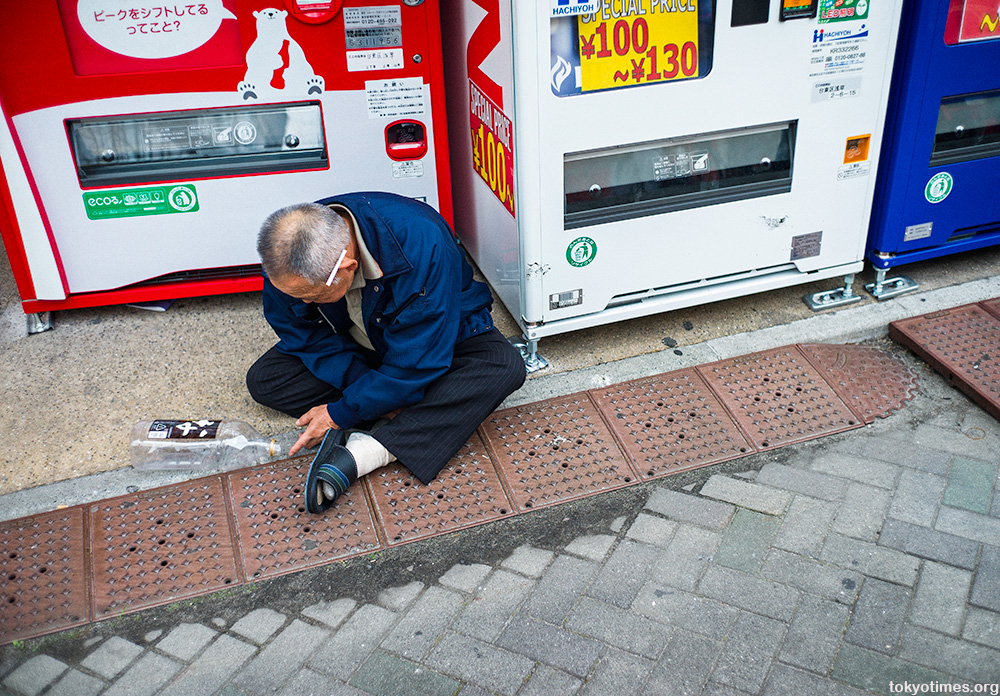
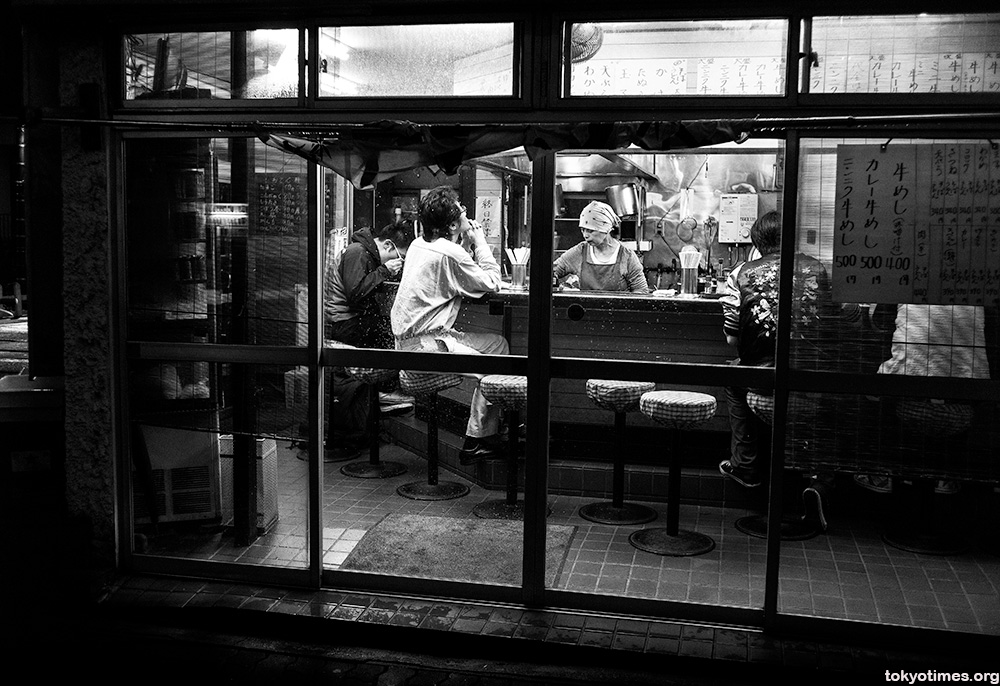
Just like so many other small bars/eateries in Japan, the lantern outside indicates the basic but almost always decent food that awaits within — not to mention the refreshing taste of modestly-priced and equally unpretentious alcohol.
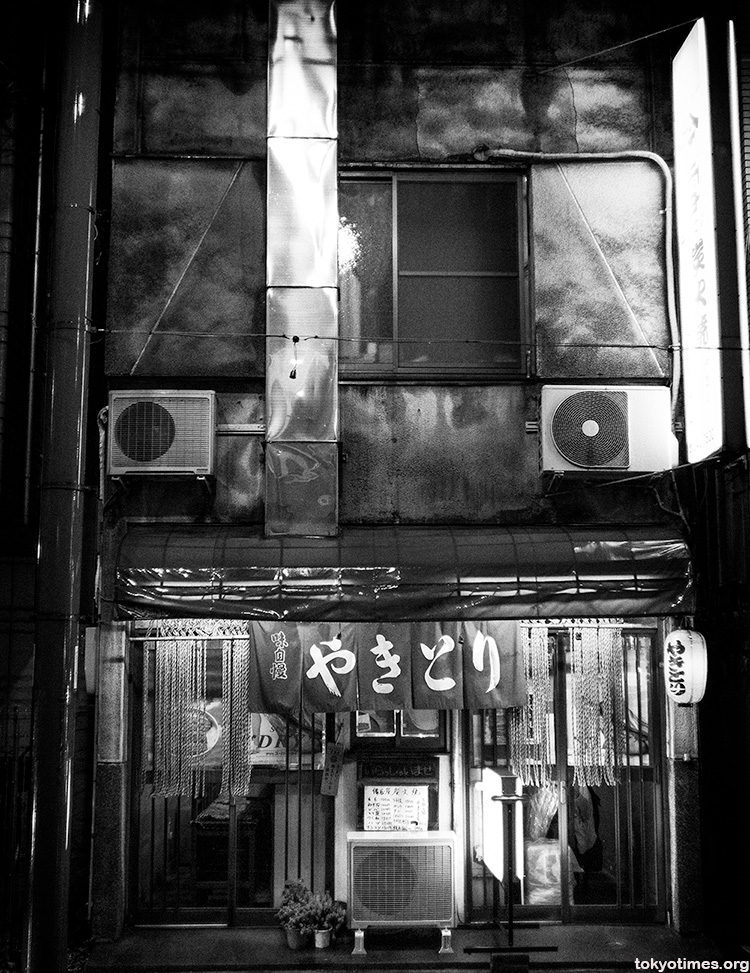
And this one, specialising in yakitori, has been around since 1985, with its 73-year-old owner spending most of his many working hours here, patiently grilling skewered chicken.
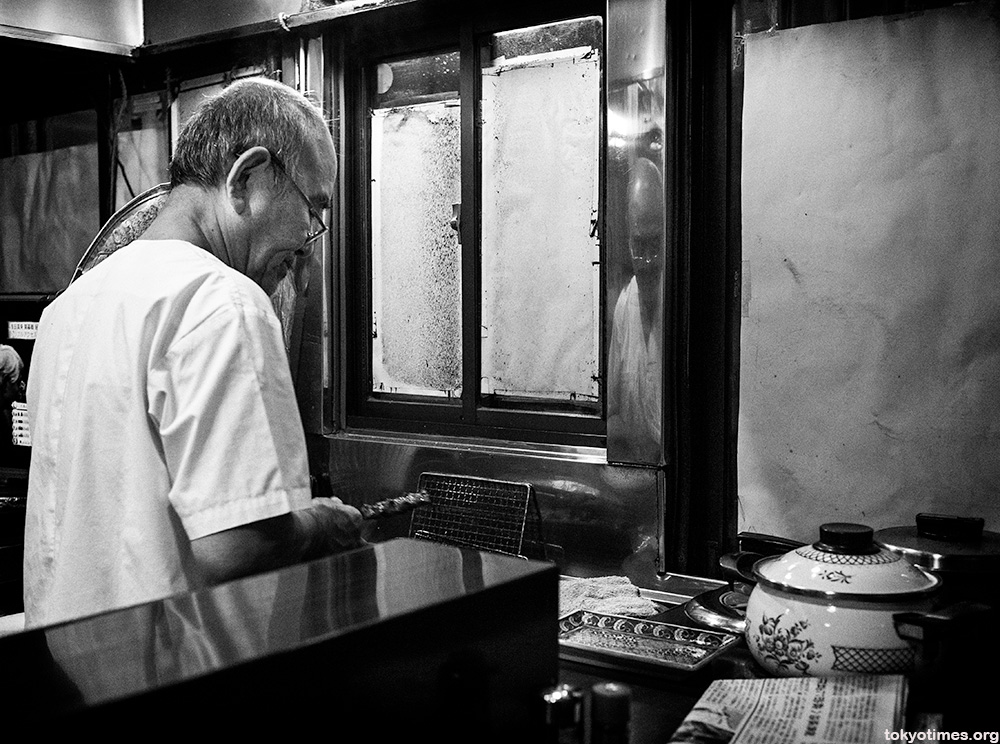
While his wife of 43 years happily waits on.
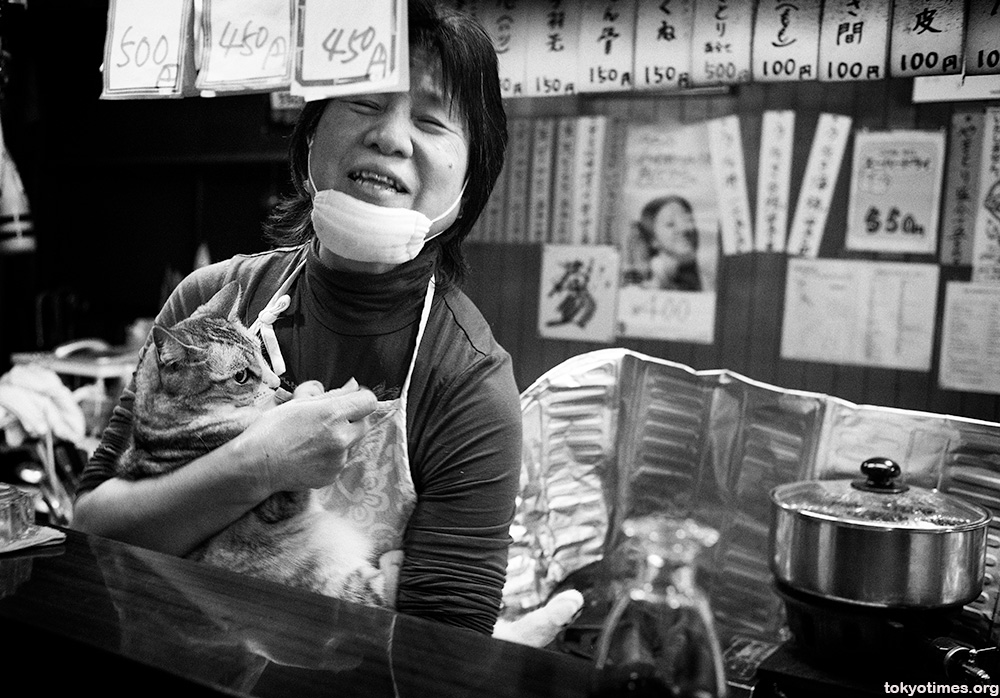
And the cat, not so happily, just watches.
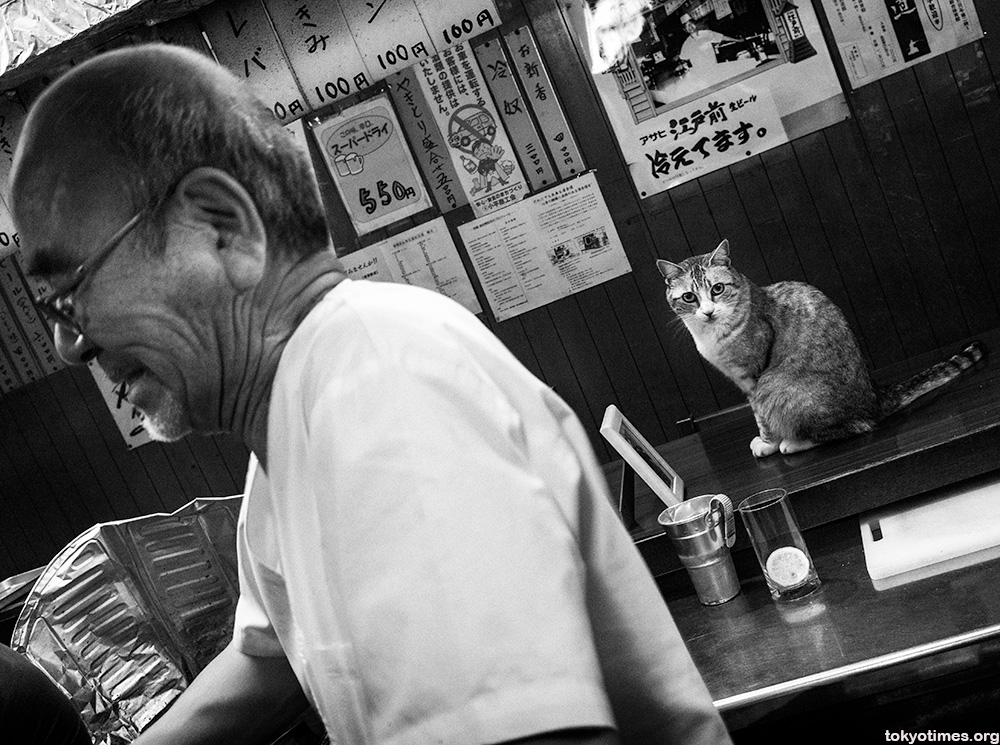
Tokyo has no shortage of fancy, modern delis, and the city’s numerous department stores are packed with them too. But that doesn’t mean there isn’t any room for their older, more traditional cousins, because there is — at least for now, anyway.
Wonderfully dated shops that offer the same weighed out portions, except there isn’t a digital scale in sight. No digital anything in fact.
